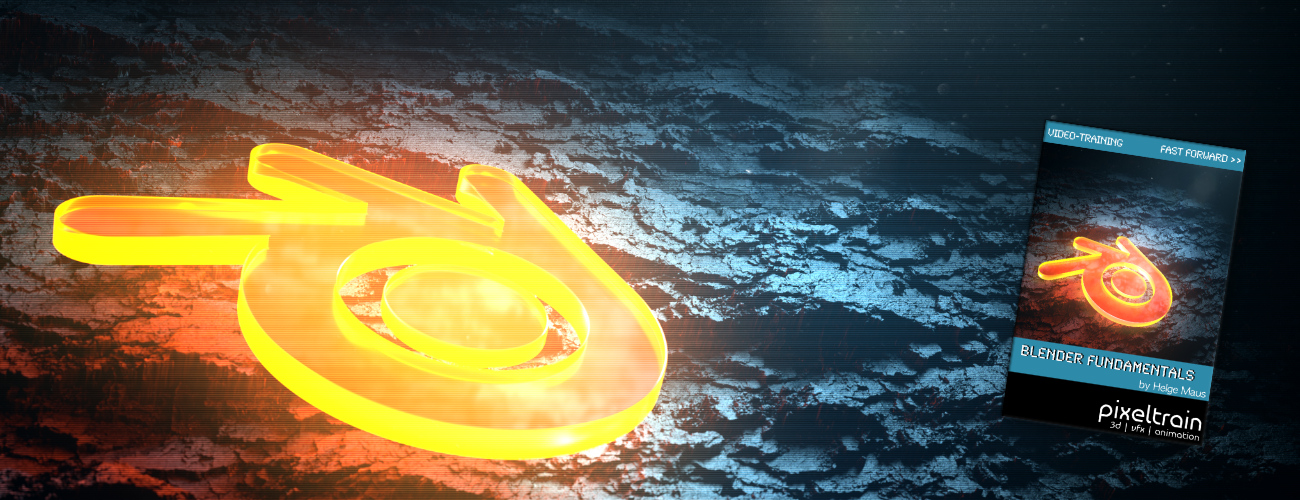
The first module of my „Blender 2.9 for Production“ series is done. In this first module we’ve talked about the build-in node-based Compositor of Blender 2.9 and how to work with it in an effective integrated workflow. You have learned how you set up Render-Layers and -Passes and how to work also with external OpenEXRs from other 3D-Applications and Renderers. My conclusion is, that this Compositor is a really powerful addition to every workflow and I am hoping for more improvements in the future.
01 Introduction to the Blender Compositor Workflow
02 Basic Compositing Tasks in Blender 2.9 Compositor
03 RenderLayers, Collections & Ray-Visibility
04 RenderLayers, LightPasses & DataPasses
05 Working with Light- & Data-Passes, Alphas and much more
I hope, you enjoyed this series and learned a lot. But for now I will dive into the new Houdini 18.5 stuff.
Let’s say it like that „I will be back“ 😉 Blender 2.91 is around the corner and I will continue this „Blender 2.9 for Production“ series with the 2D- & 3D-Tracking system.
If you have questions or topics, which should be added, please let us know.
If you like Helge’s Tutorials, give him some support to go on!
If you want to support Helge Maus for publishing more free tutorials, you can join his Patreons:
https://www.patreon.com/pixeltrain3d
Or if you want to buy me a coffee or pizza, here’s my Tip Jar:
https://www.paypal.com/donate/?hosted_button_id=72PHXB852BW5A
Thanks for your support!
Find more information on www.pixeltrain.net
YouTube: https://www.youtube.com/pixeltrain3DVFXTrainings
VIMEO: vimeo.com/pixeltrain
LinkedIn: linkedin.com/in/pixeltrain
Artstation: https://www.artstation.com/pixeltrain
Instagram: https://www.instagram.com/pixeltrain3d/
Facebook: https://www.facebook.com/helge.maus
Twitter: https://twitter.com/pixeltrain
